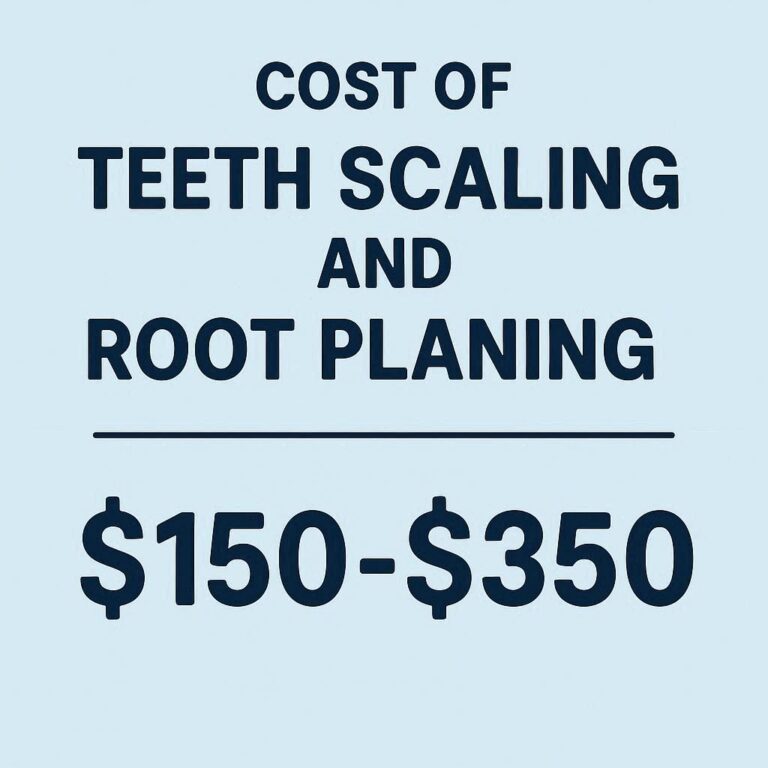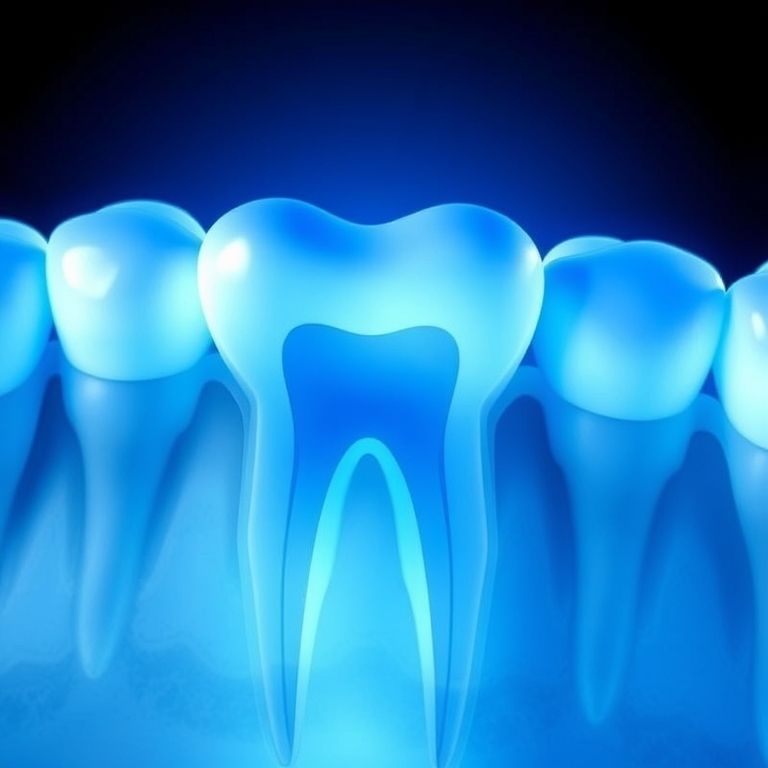The Cost of a Dental Cap After Root Canal: An In-Depth Guide
Undergoing a root canal is often necessary to save a tooth from severe decay or infection. However, the procedure itself is just one part of the treatment plan. Post-root canal, a dental crown or cap is typically required to protect the tooth and restore its function. The cost of a cap after a root canal can vary significantly depending on various factors, including the type of material used, the dentist’s expertise, and the geographic location. This article provides a comprehensive analysis of the factors influencing the cost of dental caps, explores the different types of caps available, and offers insights into managing the expenses involved. Whether you are considering this procedure or want to understand the financial aspects, this guide will equip you with all the information you need.

1. Understanding the Importance of a Dental Cap After Root Canal
A root canal treatment involves removing the infected or damaged pulp from inside the tooth, cleaning and disinfecting the area, and then filling it with a special material. While this procedure effectively treats the infection and preserves the tooth, it also leaves the tooth hollow and more fragile. A dental cap, or crown, is placed over the treated tooth to provide strength, protect it from further damage, and restore its normal function.
1.1 Why is a Dental Cap Necessary?
- Protection: The tooth becomes more brittle after a root canal, increasing the risk of fractures or cracks.
- Restoration: A crown restores the tooth’s shape, size, and appearance, allowing it to function like a natural tooth.
- Durability: The cap ensures the longevity of the treated tooth, potentially lasting many years with proper care.
1.2 Risks of Not Getting a Cap
Failing to place a cap after a root canal can lead to several complications, such as:
- Tooth Fracture: Without the protection of a cap, the tooth is prone to breaking under the pressure of chewing.
- Reinfection: The lack of a proper seal can allow bacteria to re-enter the tooth, leading to reinfection.
- Tooth Loss: In severe cases, the tooth may need to be extracted if it becomes too damaged to save.
2. Factors Influencing the Cost of a Dental Cap After Root Canal
The cost of a dental cap after a root canal can vary widely based on several factors. Understanding these factors can help you make an informed decision and budget accordingly.
2.1 Type of Material Used
The material chosen for the dental crown significantly impacts the overall cost. The most common materials include:
- Porcelain: Highly aesthetic and natural-looking, porcelain crowns are often preferred for front teeth. However, they tend to be more expensive.
- Metal: Metal crowns, often made from gold or other alloys, are durable and long-lasting but are less aesthetically pleasing. They are generally more affordable than porcelain crowns.
- Porcelain-Fused-to-Metal (PFM): These crowns offer a balance between aesthetics and strength, with a porcelain exterior and a metal interior.
- Zirconia: Zirconia crowns are known for their strength and natural appearance. They are often more expensive due to their durability and high-quality finish.
- Composite Resin: A more affordable option, composite resin crowns are less durable and may require more frequent replacement.
2.2 Geographic Location
The cost of dental care can vary significantly depending on where you live. Dental practices in urban areas or regions with a higher cost of living may charge more for procedures compared to those in rural or less affluent areas.
2.3 Dentist’s Expertise and Experience
Experienced and highly qualified dentists may charge more for their services. However, investing in a skilled dentist can ensure better results and reduce the risk of complications.
2.4 Additional Procedures
Sometimes, additional dental procedures are required before placing the crown, such as:
- Post and Core: If the tooth lacks sufficient structure to support the crown, a post and core may be needed, adding to the overall cost.
- Gum Treatment: If there are gum issues or receding gums, treatment may be necessary before crown placement.
2.5 Insurance Coverage
Dental insurance can significantly reduce the out-of-pocket cost of a dental crown. It’s essential to check with your insurance provider to understand what is covered and what your financial responsibility will be.
3. Types of Dental Caps and Their Costs
Different types of dental crowns are available, each with its own cost range. Here is an overview of the most common options:
| Type of Crown | Material | Average Cost |
|---|---|---|
| Porcelain | Ceramic | $800 – $3,000 |
| Metal | Gold, Platinum, or Alloys | $600 – $2,500 |
| PFM (Porcelain-Fused-to-Metal) | Porcelain & Metal | $500 – $2,500 |
| Zirconia | Zirconium Oxide | $1,000 – $4,000 |
| Composite Resin | Resin | $300 – $1,500 |
3.1 Porcelain Crowns
Porcelain crowns are known for their excellent aesthetic qualities. They closely resemble natural teeth and are often used for front teeth where appearance is a significant concern. However, they are more fragile than metal crowns and may chip or crack over time.
3.2 Metal Crowns
Metal crowns are highly durable and resistant to wear and tear. They are ideal for molars, which endure the most chewing pressure. While metal crowns are not aesthetically pleasing, their strength and longevity make them a practical choice for back teeth.
3.3 PFM Crowns
Porcelain-fused-to-metal crowns offer a good balance of aesthetics and durability. The metal structure provides strength, while the porcelain exterior offers a natural look. However, over time, the metal may start to show through the porcelain, especially at the gum line.
3.4 Zirconia Crowns
Zirconia crowns are incredibly strong and durable, making them suitable for both front and back teeth. They offer a natural appearance similar to porcelain but with greater longevity. The higher cost is justified by their durability and aesthetic appeal.
3.5 Composite Resin Crowns
Composite resin crowns are the most affordable option but are less durable than other materials. They may require more frequent repairs or replacements, making them less cost-effective in the long run.
4. Steps Involved in Getting a Dental Cap
The process of getting a dental crown typically involves multiple visits to the dentist. Understanding these steps can help you prepare for the procedure.
4.1 Initial Consultation and Examination
The dentist will begin with an examination to assess the condition of the tooth and determine the best course of action. X-rays may be taken to evaluate the tooth’s structure and the surrounding bone.
4.2 Tooth Preparation
The tooth will need to be shaped and reduced in size to make room for the crown. If a significant portion of the tooth is missing, the dentist may build it up with filling material.
4.3 Impressions
After the tooth is prepared, the dentist will take an impression of the tooth and the surrounding teeth. This impression is sent to a dental laboratory where the crown will be custom-made.
4.4 Temporary Crown
A temporary crown will be placed over the prepared tooth to protect it while the permanent crown is being made. This temporary crown is usually made of acrylic or resin.
4.5 Placement of Permanent Crown
Once the permanent crown is ready, the dentist will remove the temporary crown and cement the permanent one in place. Adjustments may be made to ensure a proper fit and comfortable bite.
5. How to Manage the Cost of a Dental Cap
The cost of a dental crown can be a significant expense, but there are ways to manage the cost effectively.
5.1 Dental Insurance
As mentioned earlier, dental insurance can help cover a portion of the cost. Be sure to understand the specifics of your plan, including any copays, deductibles, and coverage limits.
5.2 Payment Plans
Many dental practices offer payment plans that allow you to spread the cost of the procedure over several months. This can make the expense more manageable.
5.3 Dental Discount Plans
Dental discount plans are membership-based programs that offer reduced rates on dental services. While they are not insurance, they can provide substantial savings on procedures like crowns.
5.4 Government Assistance
In some cases, government programs or subsidies may be available to help cover the cost of dental care, particularly for low-income individuals or those with special needs.
6. Conclusion
The cost of a dental cap after a root canal can vary widely depending on several factors, including the material used, the dentist’s expertise, and your geographic location. Investing in a high-quality crown is crucial for protecting your tooth and ensuring long-term dental health. By understanding the options available and planning accordingly, you can manage the costs and achieve the best possible outcome for your dental care.
7. FAQs
Q1: How long does a dental crown last?
A: The lifespan of a dental crown varies depending on the material used and how well you care for it. On average, crowns can last between 10 to 15 years, but with proper care, some may last even longer.
Q2: Can I eat normally with a crown?
A: Yes, once the crown is in place and the cement has fully set, you can eat and chew normally. However, it’s advisable to avoid very hard or sticky foods that could damage the crown.
Q3: What should I do if my crown falls off?
A: If your crown falls off, contact your dentist immediately. Keep the crown in a safe place and avoid eating on the affected side until you can see your dentist.
Q4: Are there alternatives to getting a crown after a root canal?
A: In some cases, if the tooth is not severely damaged, a filling might be sufficient. However, a crown is generally recommended for better protection and longevity.
Q5: Does it hurt to get a crown?
A: The process of getting a crown should not be painful, as the dentist will use local anesthesia to numb the area. Some discomfort or sensitivity may occur after the procedure, but this usually subsides quickly.


